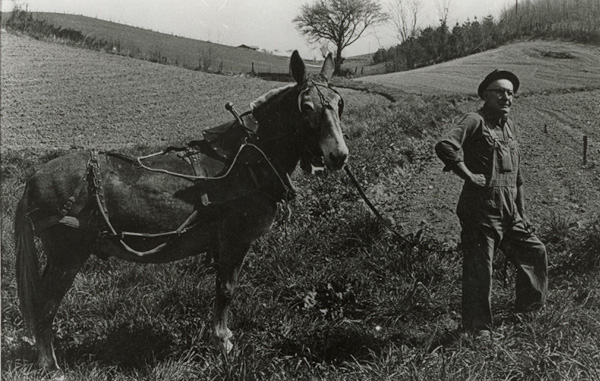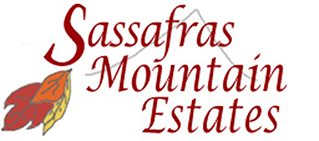Introduction
Joseph Dabney provides an excellent overview in his book, “Mountain Spirits”, of the migration of the Scotch-Irish settlers to the United States and finally to the Southern Appalachian Mountains in north Georgia. These spirited pioneering people suffered a lot of hardships along the way as they tried to find a new way of life in this country.

The first Scotch-Irish immigrants arrived in the U.S. in the early 1700’s leaving behind an oppressive government that taxed and badgered them into the poor house. These people were mostly farmers making a living off a small piece of land they could call their own. To supplement their income and to keep from starving, they made whiskey or moonshine and sold or traded it to buy the supplies they needed. They left their homeland because the King decided to tax whiskey. Therein began the saga of the Scotch-Irish to find a place where they could live without government interference in their lifestyle.
After settling in Pennsylvania, Delaware, Virginia and Kentucky these early settlers prospered and continued to migrate south as more land opened up. By the late 1700’s the new Continental Congress decided it needed more money and it enacted an Excise Tax on whiskey. The Scotch-Irish way of life was again under attack and they were an unhappy people. Battles broke out everywhere as the whiskey-makers refused to register their stills and pay a tax on the whiskey they were making. To get away from the government revenuers, they moved further into the hills and away from taxing government.
When the Cherokees were removed from north Georgia in 1838, mountain lands opened up with the clear mountain streams wherein the settlers could find a place to carry on their way of life farming and making whiskey. Beginning around 1820 and continuing into the late 1880’s, the Scotch-Irish migrated southward into the north Georgia mountains and began to establishing communities, churches and schools for their children. This they hoped would be the place to live in comfort and without government interference.
The Settlers and Their Way of Life
The Cochrans were probably some of the first settlers to arrive in the Southern Appalachian Mountains. Others that came were the Fariba’s, Weaver’s, Mooney’s, Turner’s, Seay’s, Anderson’s, Fausett’s, Grogan’s, Pettit’s, Densmore’s, Fitt’s, Ingram’s, McClure’s, Sprigg’s, Summerour’s, Crane’s, Water’s and many, many more. Some of these settlers moved onto the foothills and valley’s away from the rugged mountainous terrain and the cold winters. But, still others, chose to live far back into the mountain area in the coves between the ridges where they could be away from the melding government.
The early settlers to the mountain region were either related to or knew the others that moved to the region also. In some cases, they all moved here at the same time in wagon trains coming mainly from North and South Carolina.
To survive in this wilderness area, community building was crucial. Everyone came to help each other build a cabin or to clear the land. When the crops came in, they were there to help shuck the corn and put away food for the winter. They built community churches and schools to educate their children. And when the farming was done, they took time to have fun in community gatherings to play mountain music, to dance, and to have a drink of some of their fine home brewed whiskey.
Settler Cabins
The early pioneers built rustic cabins in the mountains and foothills to live in. The Mountain Stewards have located some of the cabin sites during the exploration of the mountain region.
The usual cabin site is located near a creek for water supply and in an area that has some land suitable for farming. After the land was cleared, the owner cut and brought numerous round logs to the cabin site using a horse to move them. The community then came and the cabin was built probably in a few days.
The average cabin was approximately 12-15 feet square with a fire place at one end for cooking and heat and a shuttered window at the other end. Some cabins used a simple lap joint for the logs and others had a dovetail like joint which required more skill to cut. The cabin in the picture above has a dovetail like joint. The chinking between the logs was a mud mixture or other materials that would harden to keep the wind and cold out. Some cabins had wooden floors but many had only a dirt floor.
Each early pioneer home site that have been found had chimney rocks that were the same material. Upon investigating the material, it was discovered that the chimney rocks were made of soapstone. Soapstone rock deposits exist in many places in north Georgia. This type of rock can be easily cut in blocks and shaped to form stones that can be stacked and cemented together for chimney or hearth construction. Soapstone is very resistant to heat making it ideal for fireplaces and fire boxes for moonshine stills.
Each cabin had a front porch usually the length of the cabin. On the front porch wall of the cabin was a water shelf that held the wooden water buckets for cooking and washing. At one end of the porch was a basin for washing up for personal hygiene. The roof was metal if they could afford it but generally wooden shingles were used that they made from splitting oak or other type trees.
The front door had a simple latch that was lifted to open or close the door. The latch could be secured at night for safety.
All the furniture was hand-made and included bed frames, straight back chairs, a cupboard for storing food supplies and cooking pots and a few other furniture items.
In these cabins, the early pioneers weathered many tough winters and the raised large families. When the family got too big, they added on another wing to the cabin.







